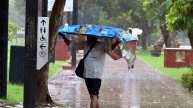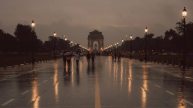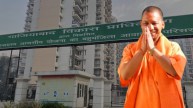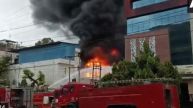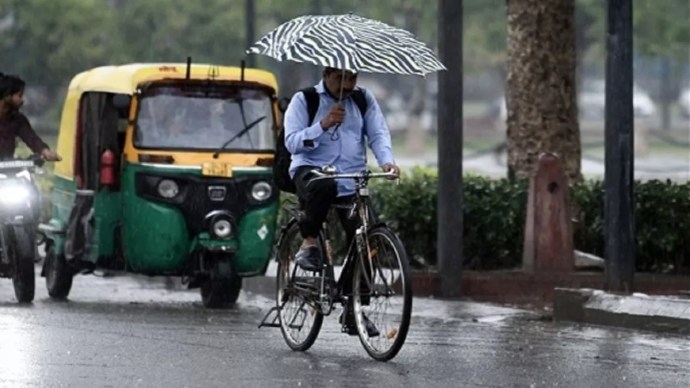For the first time, Delhi will witness artificial rain between July 4 and 11. The cloud seeding initiative is being implemented to combat pollution, as the National Capital Region continues to wait for a full-fledged monsoon. Delhi’s Environment Minister Manjinder Singh Sirsa says that under this, chemicals will be sprayed to create artificial clouds between July 4 and 11 if the weather conditions are favourable.
“The conditions are not suitable for spraying chemicals for the clouds till July 3, but the time for spraying has been proposed between July 4 and 11.” He said that a proposal has also been sent to the Directorate General of Civil Aviation (DGCA). In this, an alternative window has been sought in case the weather remains unfavourable during the stipulated period, so that the trial can be done at a later date.
Air Pollution Remedy
When artificial rains are created, pollutants are scavenged from the atmosphere and will deposit on the ground, which will effectively clean the air. This process, known as washout, is a natural mechanism by which rain improves air quality.
According to news agency PTI, Sirsa has said that the Indian Institute of Technology (IIT), Kanpur, has submitted a plan for spraying chemicals in the atmosphere to the Pune-based India Meteorological Department (IMD) for technical coordination.
How Will Artificial Rain Be Created?
The formula developed by IIT Kanpur includes silver iodide nanoparticles, iodised salt and rock salt. This formula will create artificial rain by accelerating the formation of droplets in moisture-rich clouds. The IIT institute has been tasked with implementing the project by overseeing aircraft deployment, chemical dispersal, scientific modelling, planning, and operational logistics.
The project is titled ‘Technology Demonstration and Evaluation of Cloud Seeding as an Alternative for Delhi NCR Pollution Mitigation’, A total of ₹3.21 crore has been earmarked for these trials. Through the project, the Delhi government is looking to combat air pollution and address water scarcity; five aircraft sorties will be made over north-west and outer Delhi.
Each flight will last around 90 minutes and cover an area of approximately 100 square kilometres. During the flight, a special seeding mixture will be released into the clouds using flare-based systems. These systems are installed on modified Cessna aircraft, which have been specially equipped for cloud seeding operations.
Scientists at IIT who developed the mixture, including silver iodide nanoparticles, iodised salt, and rock salt is designed it to catalyse artificial rain. According to them, these substances accelerate droplet formation in moisture-rich clouds.
Much like seeds sprayed on fertile soil, the salts are expected to interact with water droplets in the clouds, make them bigger and heavier so that they will eventually condense as rain.
Will It Be Effective In Delhi?
According to experts, cloud seeding may not be effective in Delhi’s winter months due to the stable atmospheric conditions. Some have even raised concerns about the potential environmental impact of the chemicals used in cloud seeding.
While cloud seeding can temporarily improve air quality by washing out pollutants, it’s not a sustainable solution for long-term pollution control. The effectiveness of cloud seeding depends on several factors, including meteorological conditions, cloud type, and the amount of pollutants in the air.
States That Have Conducted It Before
Several states in India have experimented with cloud seeding, including Karnataka and Maharashtra.
Karnataka:
The state government has conducted cloud seeding projects in the past, including one in 2019.
Maharashtra:
The state government hired a private agency to generate artificial rain over Marathwada during drought years. In Maharashtra, cloud seeding has been explored as a method to induce artificial rain, particularly in drought-prone regions. According to a report cited by The Economic Times, a cloud seeding experiment in Solapur resulted in an 18% increase in rainfall compared to normal conditions. The rain occurred during the consecutive drought years of 2014 and 2015. They hired a private agency to generate artificial rain over Marathwada.
Artificial Rain In China
China has the largest cloud seeding program in the world. Before the 2008 Beijing Olympics, the country used rocket launchers placed outside the city to carry out cloud seeding. The goal was to make the clouds release rain before they reached the capital, so that Beijing would have dry and clear weather during the event.



